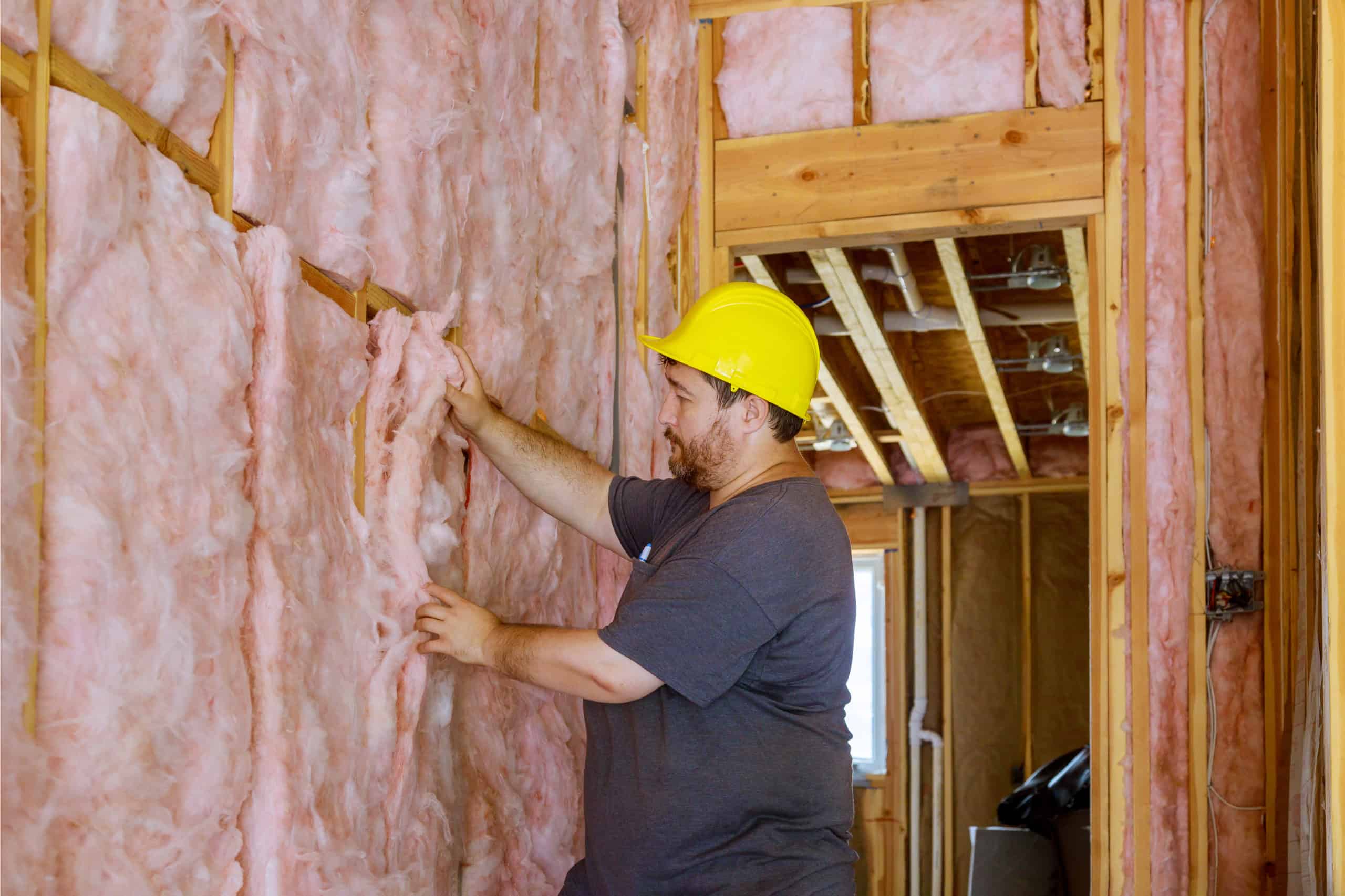Insulation is a vital component in any home that seeks to be energy efficient. It is typically placed in areas where air escapes, such as between the cavities inside the walls and in the attic. This serves to slow and reduce heat transfer. By sealing air leaks and adding proper insulation to the attic, crawl spaces, and basement, homeowners can save on heating and cooling costs.
Which Type of Insulation Should You Choose?
There are different insulation options that give different results. When insulating your home, you want the best option available. To choose the best type of insulation, you should first determine where you need to add insulation.
Spray Foam Insulation
Spray foam insulation, also known as foaming insulation or sprayed insulation, is a two-part liquid insulation material that insulates and air seals wherever it is applied. The material comes in two large drums, an iso, and a resin. These two liquids are kept separate until applied at the job site by a qualified, licensed spray foam installer.
The two liquids travel up through a heated hose to the spray gun where they are combined to create the foam. The foam expands within seconds to fill the cavity surface. This type of insulation provides immediate and long-term benefits. It is used to seal leaks and gaps inside existing walls and in hard-to-reach spaces.
There are two types of spray foam insulation, open and closed cell. Open-cell foam insulation is used for interior applications such as wall cavities, the underside of roof decks, attics, basement walls, and crawl spaces. The open cell structure of low-density foam insulation allows for moisture permeability to help contribute to moisture management. Other benefits include:
- Not a food source for mold
- Provides sound dampening qualities, making it ideal for media or theater rooms
- Lower installed cost per square foot
Closed-cell foam insulation has the highest R-value of any insulation, around 6.2. It is used in exterior and interior applications. Closed-cell insulation is a rigid material that helps reject lots of water. It is recognized as a flood-resistant material by the Federal Emergency Management Agency (FEMA). Closed-cell foam insulation has many advantages over other types of insulation.
- Can be applied at very low temperatures
- Adds wall racking strength as well as impact resistance
- Higher R-value per inch making it easier to accommodate high R-value requirements in small spaces
- Higher bond strength
Traditional Types of Insulation
Before you hire a contractor to install insulation, it’s important to understand the other options. Not all insulation has a good R-value, and various types exist for different applications. Details of other options include:

Blanket Batts and Rolls
Blanket batts and rolls are typically constructed with fiberglass, mineral wool, and plastic fibers. Installing this type of insulation is an inexpensive and DIY-friendly project. The materials are designed to fit into the standard width between wall studs, attic rafters, and floor joists.
Foam Board
This type of insulation is usually made of polyurethane, polystyrene, or polyisocyanurate. It’s best for unfinished walls and ceilings. It reduces the amount of heat conducted through wood and other elements that make up a home’s structure.
Radiant Barrier
Reflective or radiant barriers work differently than most types of insulation. Its effectiveness is not measured by R-values. While standard insulation reduces heat flow in a home, radiant barriers instead reflect the heat away from the home to prevent heat gain. The insulation is constructed using a reflective barrier placed over a substrate material. It is best used for attics, especially in hot climates.
Why Spray Foam Is Better
One of the key differentiators between traditional insulation materials and spray foam insulation is its ability to air seal. Foam insulation provides an air barrier to wherever it is applied to help mitigate air leakage from the building.
Air sealing a building with spray foam insulation helps address moisture which reduces the risk of mold and mildew growth. Buildings in colder climates can reduce the formation of ice dams with spray foam insulation.
When you compare spray foam insulation with the other types of insulation, spray foam does a better job of minimizing air infiltration. It also assists in limiting moisture from entering and escaping the home, which in turn reduces the load on heating and cooling systems. Spray foam insulation offers many benefits that the others do not. It is the best choice for property owners.
Stop the Leaks
Want to keep your home free of moisture and its comfort-level balanced? Install spray-foam insulation. At RT Construction, we can guide you on your insulation needs and install it for you.
Contact us today for a free consultation.
